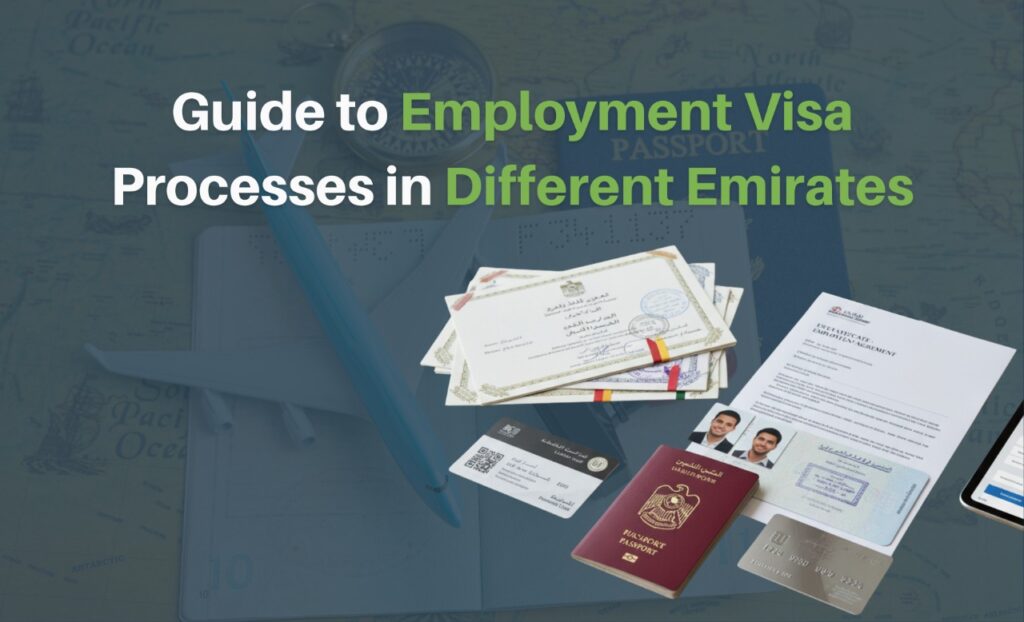
Blue-Collar vs. White-Collar Hiring: What Employers Must Know in 2025
The modern workforce is evolving at extraordinary speed, compelling organisations to refine and adapt their hiring strategies to stay competitive. Whether you are strengthening your blue-collar hiring channel or scaling your white-collar workforce management capabilities, understanding the distinct needs, expectations, and recruitment behaviours of each talent segment is critical.
In this guide, Cominc Consulting provides a clear breakdown of the differences between blue-collar and white-collar hiring, examines the dynamics of skilled vs. professional workers, and outlines the most effective blue-collar job recruitment strategies to build a reliable and future-ready workforce for 2025 and beyond.
Blue-Collar and White-Collar Hiring: Key difference
Blue-Collar Hiring
Blue-collar roles typically include manual or trade-related tasks. They rely on hands-on skill, technical training, and practical experience.
Hiring in this segment often centres around:
Skills and certifications rather than formal degrees.
Immediate availability due to high revenue rates.
Physical capability and reliability.
Work ethic, safety awareness, and punctuality.
Blue-collar workers are in high demand especially in logistics, construction, and manufacturing so companies must refine their hiring approaches to stand out.
White-Collar Hiring
White-collar roles are knowledge or office-based positions. They rely heavily on professional expertise.
Successful white-collar hiring requires assessing:
- > Educational background
- > Industry-specific experience
- > Soft skills, such as communication, analysis, and leadership
- > Cultural fit, especially in hybrid or remote work environments
With digital transformation accelerating, competition for white-collar talent particularly in IT, finance, and management continues to rise. so, companies need stronger employer branding and targeted recruitment campaigns to attract high-calibre candidates.
Skilled vs. Professional Workers: A Key Difference
Understanding skilled vs. professional workers is a crucial factor in recruitment.
Skilled Workers (Blue-Collar)
- > May complete vocational courses or apprenticeships.
- > Possess specialised hands-on abilities.
- > Are assessed based on practical tests, certifications, and field performance.
Professional Workers (White-Collar)
- > Typically hold university degrees.
- > Carry domain-specific knowledge.
- > Are evaluated based on experience, problem-solving skills, portfolio work, and strategic capabilities.
This difference influences everything from job posting language to salary structure, onboarding methods, and training investments.
Top Blue-Collar Job Recruitment Strategies for 2025
- 1. Optimise Listings for Mobile-Friendly Platforms
Most blue-collar job seekers search from mobile devices. Your job ads must be short, clear, and mobile-responsive.
- 2. Partner with Trade Schools and Training Institutes
Building relationships with vocational institutions helps create a continuous pipeline of qualified candidates.
- 3. Use Skill-Based Assessments
Practical tests predict job performance far more effectively than interviews for hands-on roles.
- 4. Highlight Stability and Career Growth
Many blue-collar workers prioritise:
- > Job security
- > Overtime availability
- > Training opportunities
Companies that showcase these benefits attract more applicants.
- 5. Offer Competitive Pay and Transparent Scheduling
Given current labour shortages, pay clarity and predictable scheduling significantly drive candidate interest.
Partner with Cominc consulting for effective blue-collar job recruitment strategies for Smarter Leadership and Stronger Teams.
Effective Strategies for White-Collar Workforce Management
Organisations must invest in long-term white-collar workforce management strategies as the competition for professional talent intensifies.
These include:
Strengthen Employer Branding
White-collar candidates, research companies extensively. A strong digital presence especially on LinkedIn helps organisations stand out.
Build a Robust Leadership Pipeline
Leadership development programs attract mid-level talents seeking career progression.
Support Hybrid and Flexible Work Models
Flexibility has become a key decision factor for professional workers.
Improve Onboarding and Retention Systems
A structured onboarding process boosts retention and employee satisfaction critical in high-skill jobs.
Prioritise DEI Hiring Practices
Diverse teams perform better and attract professional candidates who value inclusive environments.
Harmonising Hiring Models for Organisational Growth
To build a balanced and high-performing workforce, organisations must align blue-collar hiring and white-collar hiring practices with the distinct needs of Skilled vs. professional workers.
Key steps include:
- > Using data-driven recruitment insights to spot bottlenecks and hiring trends.
- > Automating high-volume screening to accelerate blue-collar hiring.
- > Strengthening competency frameworks to enhance white-collar workforce management.
- > Promoting internal mobility to reduce hiring costs and retain talent.
- > Applying predictive HR analytics to anticipate turnover and staffing demands.
This unified approach ensures that both talent segments contribute effectively to long-term business performance creating a workforce that is efficient, resilient, and strategically aligned.
Frequently Asked Questions
Labour shortages, aging skilled workers, and high turnover create a competitive landscape, requiring stronger recruitment strategies.
Not exactly. Skilled workers rely on technical hands-on ability, while professional workers rely on academic training and domain expertise.
Mobile-friendly job ads, trade school partnerships, skills assessments, clear pay structures, and career development opportunities
Conclusion
In today’s rapidly evolving labour market, organisations must tailor their hiring approaches to meet the unique needs of both blue-collar and white-collar talent. By understanding the dissimilar expectations of skilled vs. professional workers, companies can design recruitment strategies that are faster, more transparent, and aligned with shifting market demands.
However, effective hiring is not defined by strategy alone; it requires consistent, high-quality execution. This is where Cominc Consulting becomes a true strategic partner.
Whether you are building a dependable skilled workforce or expanding your professional talent pipeline, Cominc Consulting helps you hire smarter, faster, and more strategically than your competitors ensuring your organisation stays resilient and future-ready.
Cominc Consulting: Building the Workforce That Builds Your Future.




















